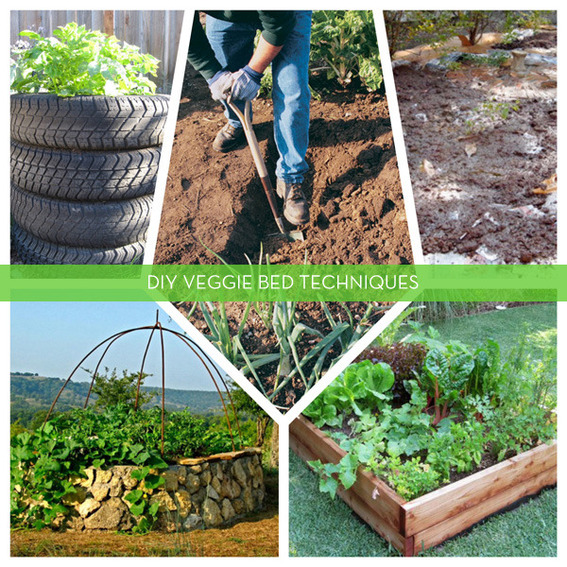When planning out your vegetable beds you’re presented with a plethora of options, my hope is that over the course of this post I’ll be able to unpack a few of them, helping you find a solution that best suits both your needs and budget.
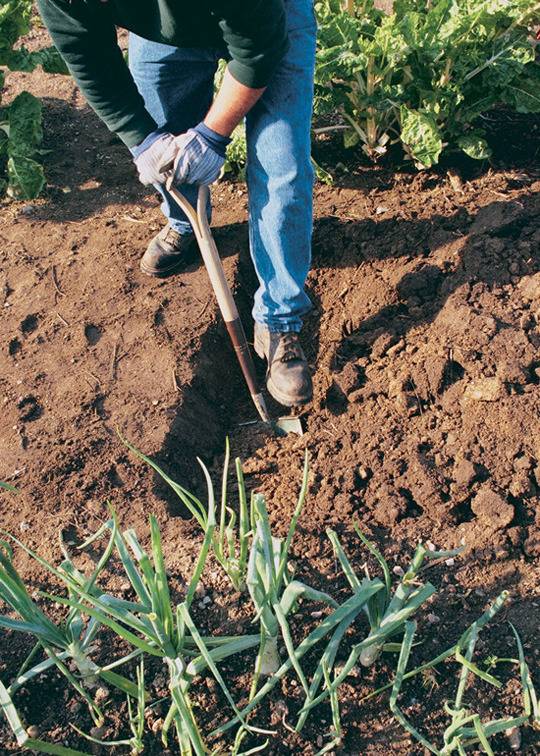 Janet Jemmot
Janet Jemmot
1. Double Digging – If you have an established garden with good soil, you may want to start with trench beds, commonly referred to as “double digging” beds. Essentially you’ll be digging into your preexisting soil aerating it, then fortifying it with compost, bone and bloodmeal. The advantage of this kind of bed is that, if well planned, it should last you 5-7 years with an annual top dressing and periodic organic fertilizing, provided you observe seasonal crop rotations, which are needed to allow the soil to replenish itself natural. See more at Vegetable Gardener
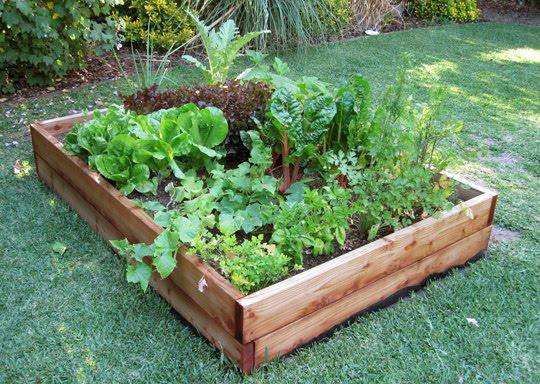 At Home At Home
At Home At Home
2. Raised Beds generally fall into two categories, boxed beds and unboxed lasagna style beds and mounds, but both work on similar ‘no till’ principles.
Instead of digging into your soil, you build on top of it. This is advantageous when you have poor soil, or you may not have soil as you might be adding these beds to paved or asphalted areas. The benefits are that you’ll use less, but quality soil, and being raised it can help keep pests at bay, and also makes it a little easier on the knees and back when working in them.
If you’re going to build your own borders or wooden boxed beds, it’s important to note you want to use untreated timber. Woods like cedar are great because they’re naturally pest and rot resistant and will last many years, softer woods like birch and pine will rot over time, but being natural can easily and safely be recomposed.
Most herbs and vegetables only need about 7” of soil to grow in, this includes salad greens, brassicas, tomatoes and edible flowers like marigolds and pansy, which makes these beds cost effective. Learn more: At Home At Home
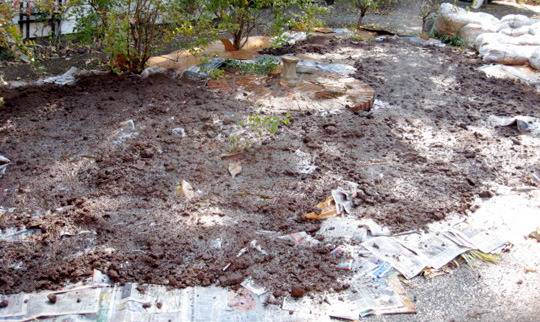 Little House In The Suburbs
Little House In The Suburbs
3. Making Lasagna Beds – A lasagna or sheet bed, works similarly to a raised bed, laying down sheets of newspaper and in between layers filling it with stray, grass cutting and compost. Find at how its done at Little House In The Suburbs.
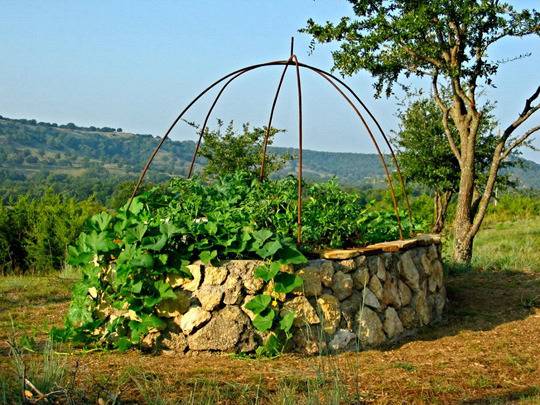 Byzantine Flowers
Byzantine Flowers
4. How To Make A Keyhole Garden Another popular option is the keyhole garden, a common method of gardening in Africa, when beds are constructed from stone and in spiral shapes, allowing you to easily move amongst the beds, maximizing space. Get the tutorial at ByzantineFlowers
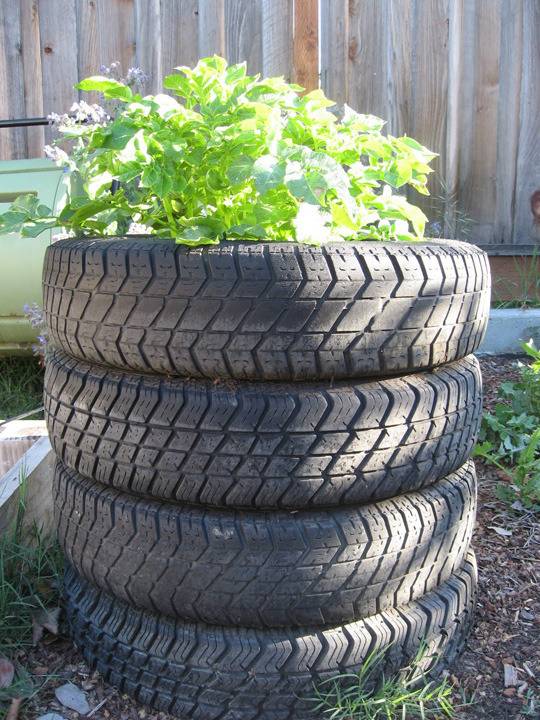 Finny Knits
Finny Knits
5. Root Vegetable Towers Lastly for deeper root crops you have use old tires, stacked on top of each other. This is one of my favorite methods for growing potatoes. Start by placing a single tire on top of a sheet of thick cardboard and fill it with potting soil, add a few seed potatoes and once they sprout and the stems grow above the top of the tire, add a 2nd one, filling it up with soil as the plants begin to grow. I normally stop at around 3-4 tires, then allow the shoots to die off and you’ll end up with tired filled with potatoes, which is kept dark and dry, will last you months. See more at Finny Knits
